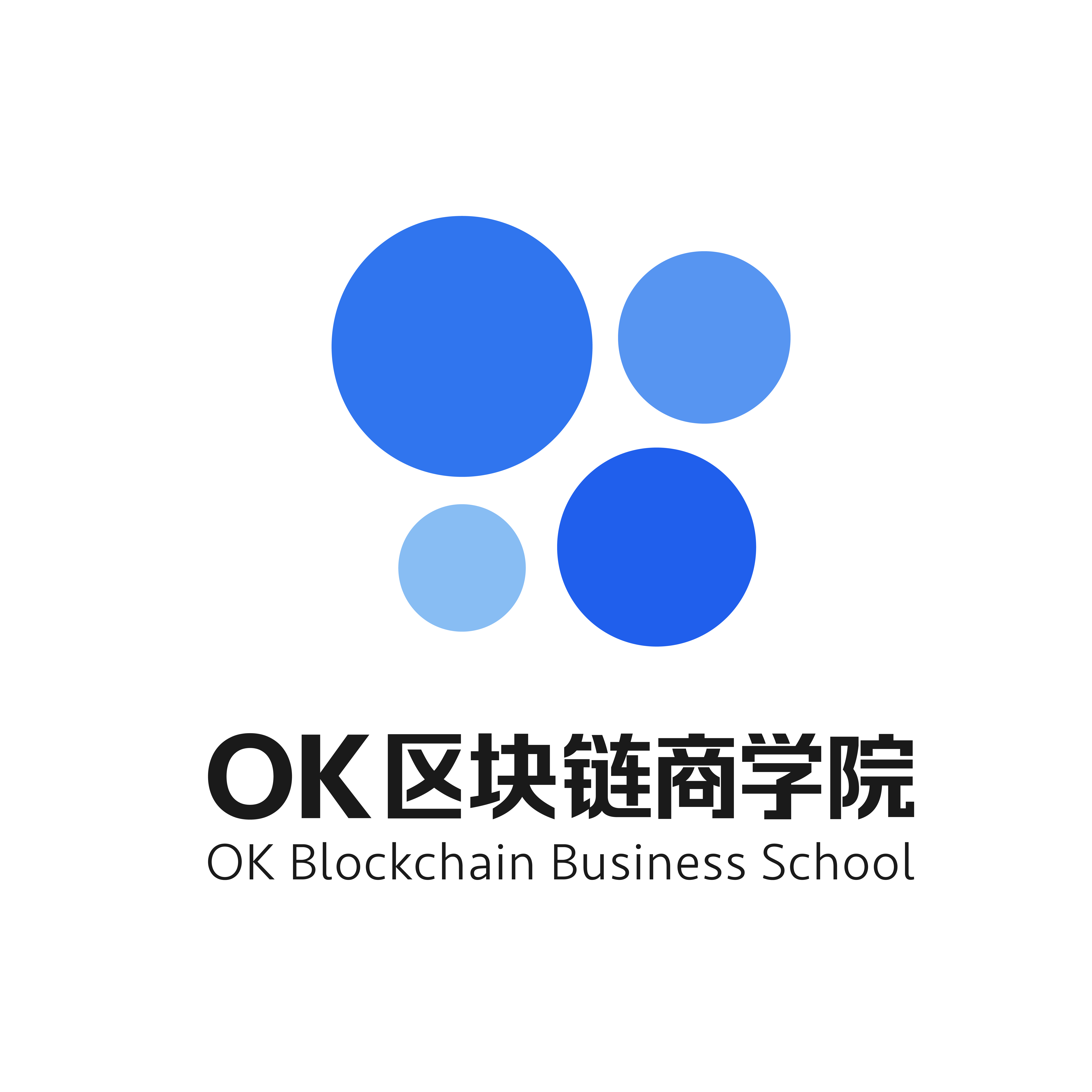OKEX Blockchain 60 Lectures | Episode 33: What is Ethereum?
Hello everyone, I am Mr. K. Today we are going to talk about: "What is Ethereum".
What is Ethereum
Ethereum is the most pioneering project in digital currency, except for Bitcoin, because in the early days, blockchain technology was limited to digital currency, and not many people paid attention to this technology until the emergence of Ethereum. broke the situation. Therefore, if Bitcoin is the origin of the blockchain, then Ethereum promotes the development of the blockchain.
To put it simply, the so-called Ethereum is an open source blockchain public platform that allows everyone to freely develop smart contracts. Just like the Android and Windows systems on the Internet, it can provide a set of special scripting languages, so that everyone can develop various blockchain applications on it at will.
Moreover, this platform is not like traditional Internet platforms, where power is centralized. Ethereum is strongly decentralized. Changes to the entire system are determined by the development users on the platform. The programs developed on it, whether it is permissions or data, completely belong to the user. Even the founder wants to modify the code. It is also subject to the consent of the community.
Gas Mechanism and Ethereum
Some friends may ask: Since Ethereum is a platform, what does it have to do with digital currency? This has to mention the Gas mechanism in Ethereum.
For Ethereum, smart contracts are an absolutely important core, but in the operating mechanism of Ethereum, all smart contracts written by users need to be executed through a medium called a virtual machine, and this medium will be All participating miners in the Ethereum network maintain and form a computing network belonging to Ethereum.
When a user wants to execute a smart contract, it needs to be processed through this computing network. At the same time, a certain amount of network resources will be consumed, and the user will naturally need to bear the corresponding cost. In the Ethereum network, the standard for measuring the operating cost of smart contracts is Gas.
The specific setting of Gas in Ethereum is: Gas is the running fuel of the smart contract, which will be consumed according to certain rules.
In this way, if the user wants to execute the smart contract, he needs to find a miner to buy Gas. However, because the users of Ethereum are all over the world, if the transaction is carried out through the legal currency channel, whether it is cross-border transfer or exchange rate conversion, there are certain problems. .
Therefore, Ethereum imitated the mechanism of Bitcoin and built a digital currency system within itself (because the essence of digital currency transactions is a kind of information transmission, which can perfectly solve the problem of cross-border payment), which can be used as an incentive mechanism, It is obtained by mining by miners, mobilizes the enthusiasm of miners, and can be used as a means of payment to purchase Gas and serve as a handling fee.
Therefore, although Ethereum itself is positioned as a blockchain version of the operating system, it has also established its own digital currency system. And what we usually refer to as the Ethereum digital currency refers to this.
Ethereum's planned route
It has been more than 5 years since the release of the white paper of Ethereum in 2013, and it has a very clear planning route from the very beginning. Ethereum development is divided into four phases, namely Frontier, Homeland, Metropolis, and Tranquility.
Frontier is the first stage of the Ethereum network. This stage is the initial stage of the Ethereum network, and the entire system is not yet mature. At this stage, there is only a command line interface, no graphical interface, and it is mainly suitable for developers.
In the second stage, Homeland optimizes the protocol of Ethereum, making the operation of the Ethereum network more stable and secure, speeding up the transaction speed of the network, and lowering the threshold for ordinary users.
In the third stage, the metropolis was divided into two parts, Byzantium and Constantinople. The upgrade of the Byzantine version mainly changes the transaction efficiency and security of Ethereum, making Ethereum's smart contracts suitable for commercial transactions. The upgrade of the Constantinople version mainly reduces the block reward, reduces the difficulty of development, speeds up the network processing speed, and delays the difficulty bomb.
In the fourth stage of tranquility, it will completely shift from the PoW mechanism to the PoS mechanism, officially entering the era of Ethereum 2.0.
Thanks to Teacher Xiong Yue for his help and guidance on the content of this episode.



